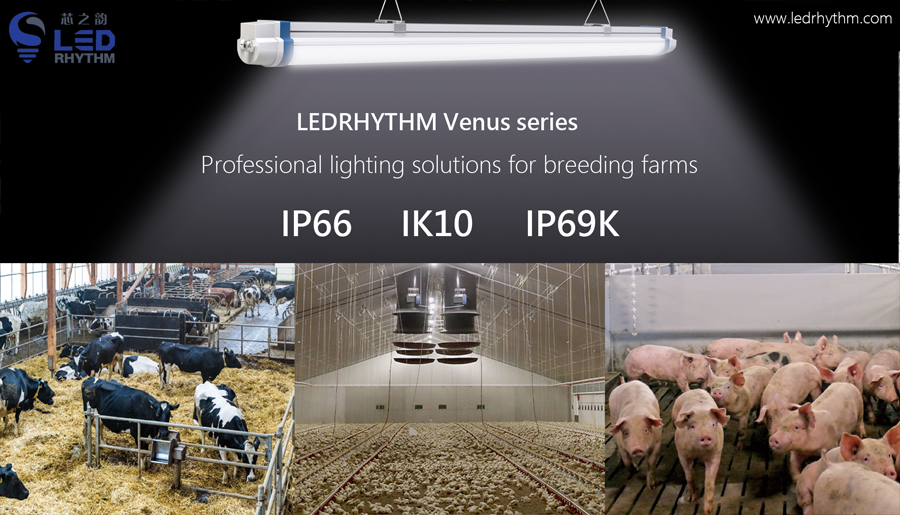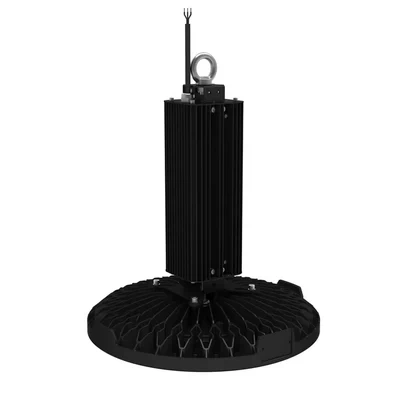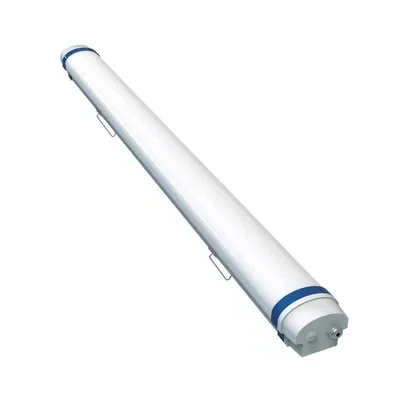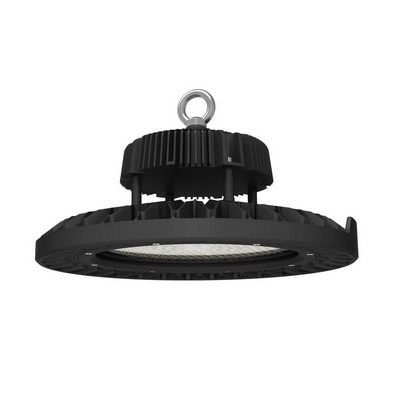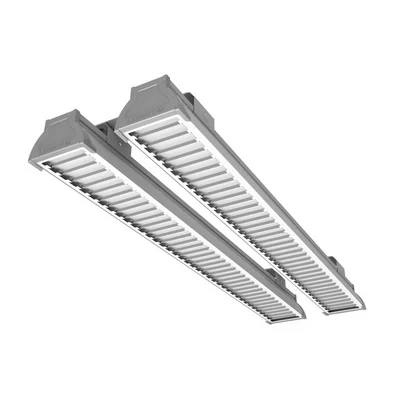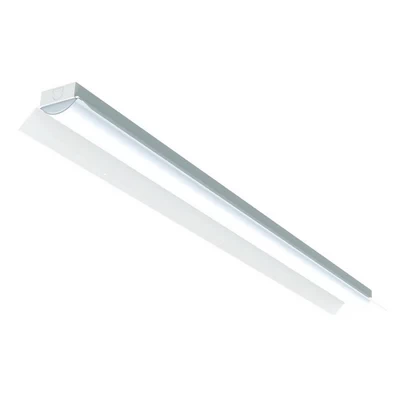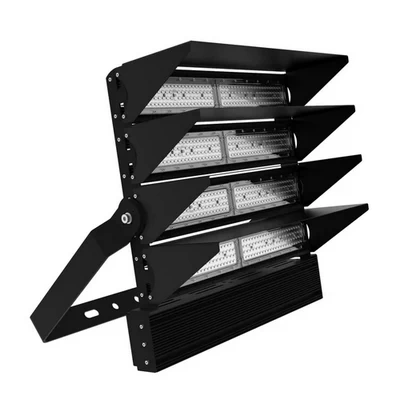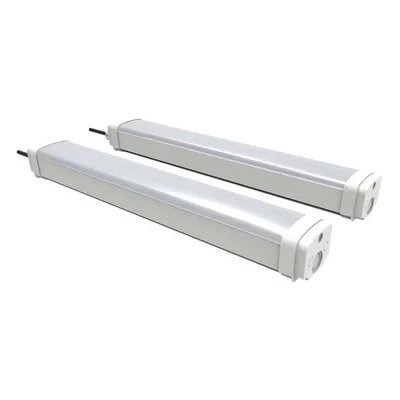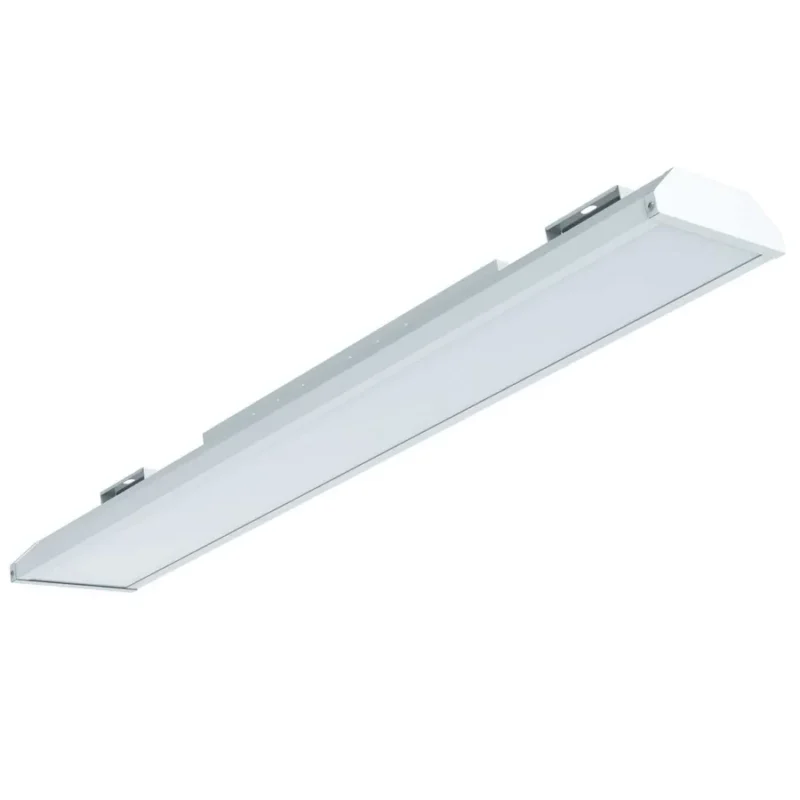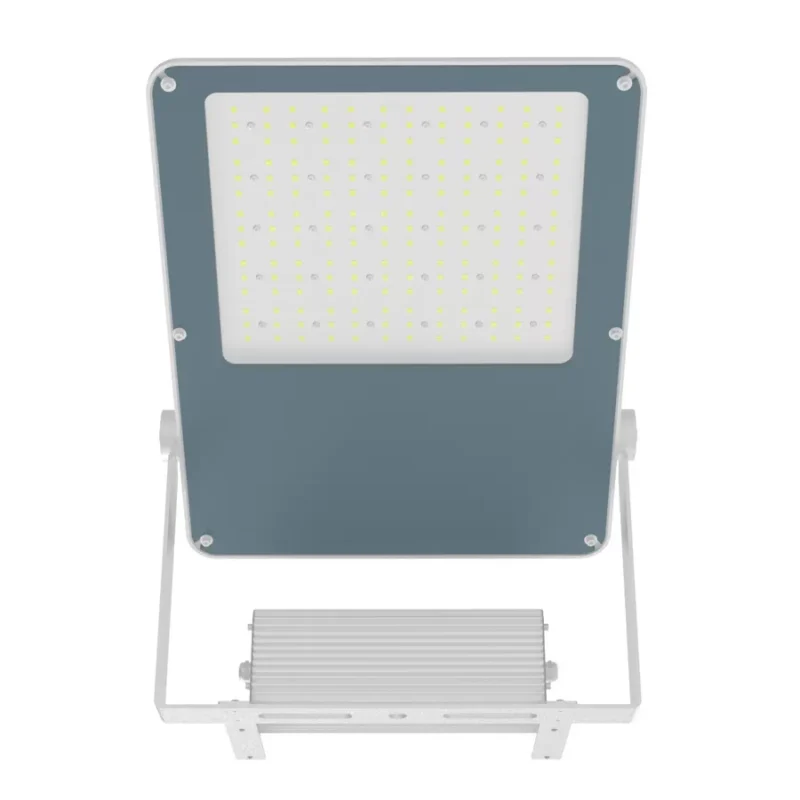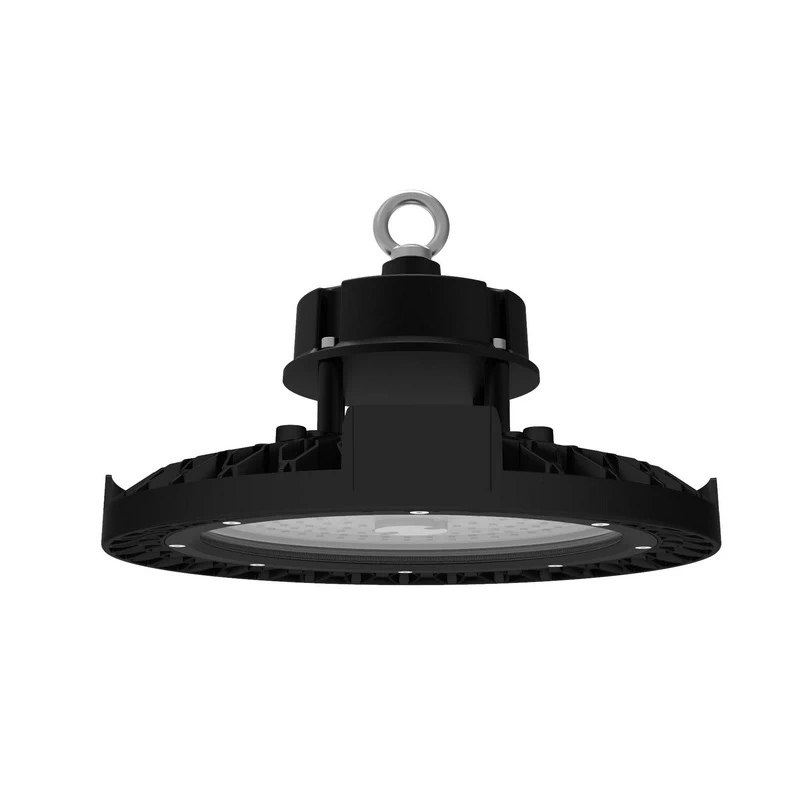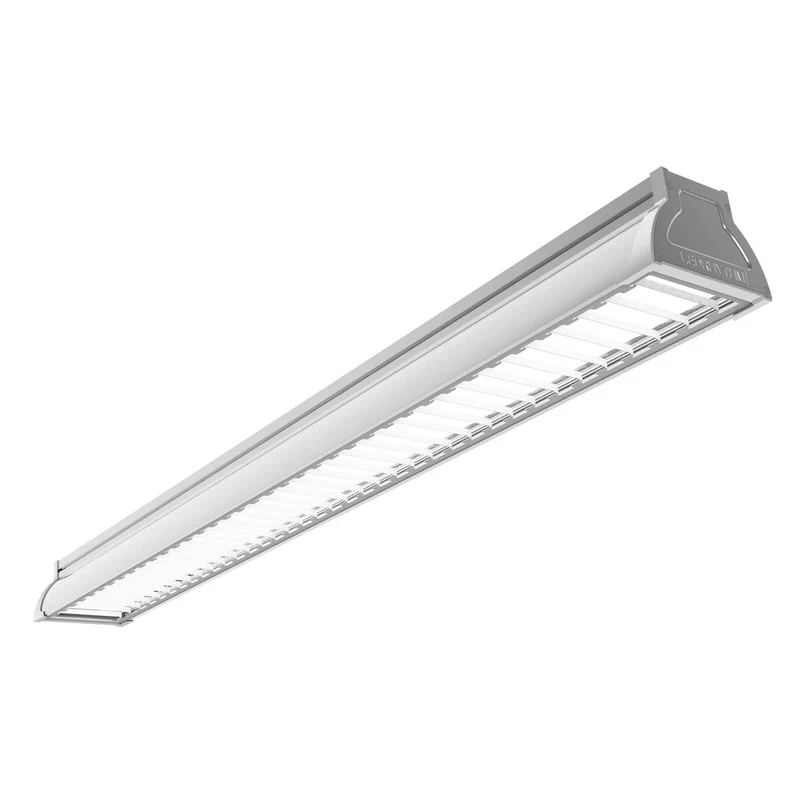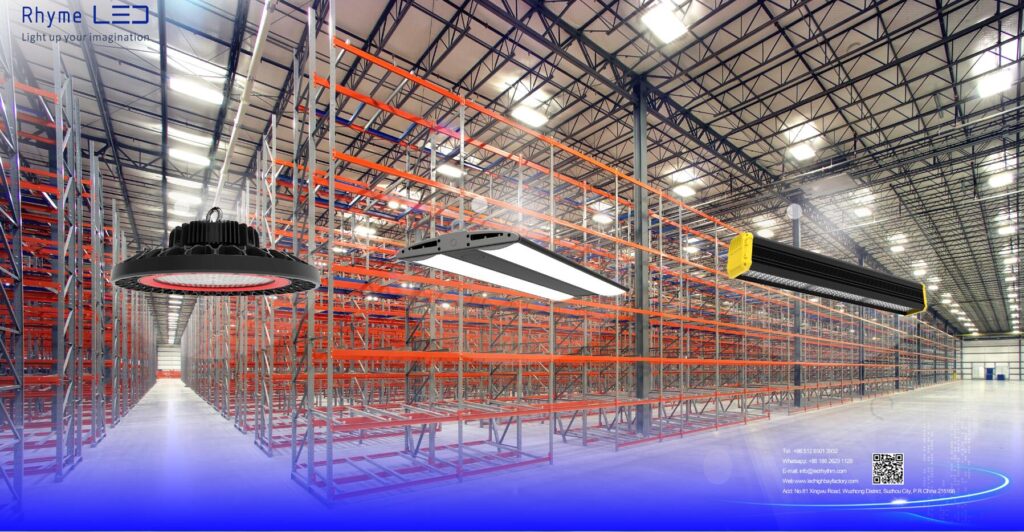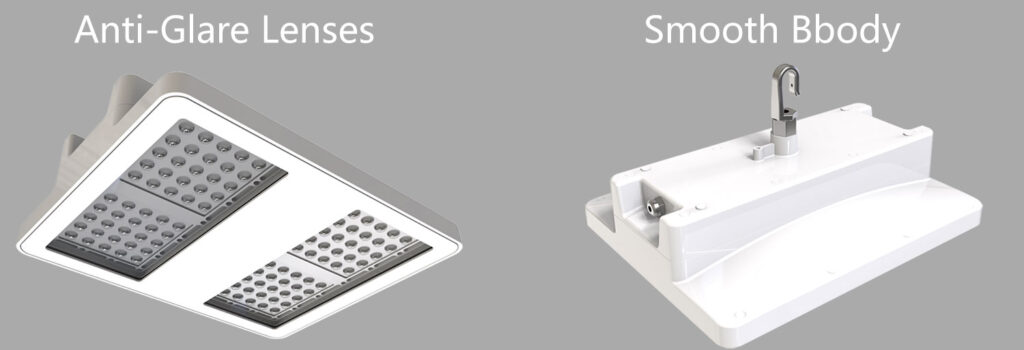¿Por qué es necesario utilizar iluminación profesional para naves agrícolas y cuáles son sus ventajas? |LEDRHYTHM
Aunque las granjas modernas se centran en aumentar la producción animal, también deben prestar atención al medio ambiente, el consumo de energía y la salud de los trabajadores. Los objetivos anteriores pueden alcanzarse eficazmente utilizando iluminación LED.
Una iluminación adecuada es muy importante para el crecimiento y el desarrollo de los animales. La luz puede ayudar a los animales a sintetizar la vitamina D, que es fundamental para la salud ósea, especialmente de las aves de corral. Aumentar el tiempo de iluminación puede mejorar la calidad de la cáscara de los huevos. La luz moderada también puede ayudar a los animales a establecer relojes biológicos normales, regular la secreción hormonal y afectar a los ciclos de crecimiento y las capacidades reproductivas.
Ciertas bandas de luz pueden favorecer el apetito, el metabolismo y la inmunidad, y hacer más brillante el pelaje de los animales. Una cantidad suficiente de luz también puede ayudar a eliminar bacterias patógenas y mejorar la salud de los animales. Al mismo tiempo, puede estimular la secreción de la hormona del crecimiento y favorecer el desarrollo de los músculos esqueléticos.
Por ello, las explotaciones deben adoptar soluciones de iluminación razonables y diseñar una iluminación óptima en función de las especies animales y los ciclos de crecimiento. Esto puede mejorar significativamente el rendimiento de los animales.
En comparación con las fuentes de luz tradicionales, la iluminación LED de bajo consumo tiene las ventajas de un espectro ajustable, una alta eficiencia luminosa, una larga vida útil y la protección del medio ambiente. Al ajustar la luz LED en diferentes bandas, puede ayudar a los animales a sintetizar la vitamina D, promover el metabolismo, mejorar la inmunidad y hacer que el pelaje de los animales sea más brillante. Al mismo tiempo, la alta eficiencia de conversión fotoeléctrica del LED puede producir la misma intensidad de luz con menos electricidad, reduciendo en gran medida el consumo de energía y el coste de la granja.
Además, la iluminación LED tiene una buena gestión térmica y no aumenta la temperatura del entorno de cría, lo que garantiza la comodidad de los animales. Las fuentes de luz LED de larga duración requieren menos mantenimiento, lo que reduce los costes fijos. Los LED ecológicos tampoco contienen sustancias nocivas como el mercurio y son más respetuosos con los animales y el medio ambiente.
Para los trabajadores, el diseño antideslumbrante de las fuentes de luz LED puede evitar los dolores de cabeza y la fatiga visual causados por la exposición prolongada a una luz intensa. En comparación con otras fuentes de luz de alto calor, los LED tienen una baja disipación de calor y pueden reducir la temperatura entre 3 y 5 grados centígrados, lo que mejora en gran medida el entorno de trabajo. Además, la fuente de luz LED no es frágil y tiene una larga vida útil, lo que también reduce los riesgos de mantenimiento y sustitución.
El uso de iluminación LED de bajo consumo en las granjas de cría puede proporcionar un entorno de luz con un espectro completo y uniforme, que puede ayudar a estimular las hormonas del crecimiento animal, mejorar el rendimiento de la producción y hacer que los animales crezcan más rápido y sanos. Al mismo tiempo, la iluminación LED también puede reducir significativamente el consumo de energía y los costes, logrando la conservación de la energía, la protección del medio ambiente y el desarrollo sostenible de las granjas.

